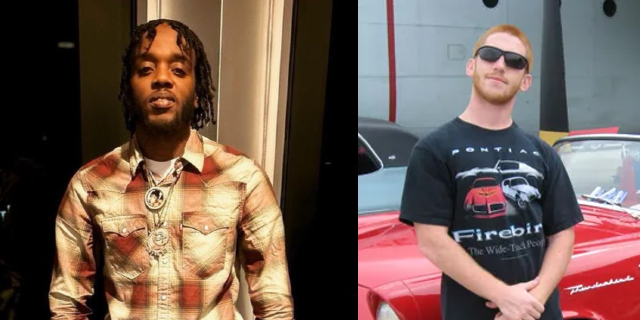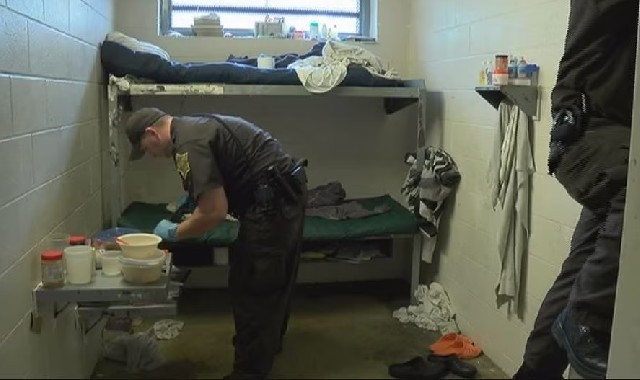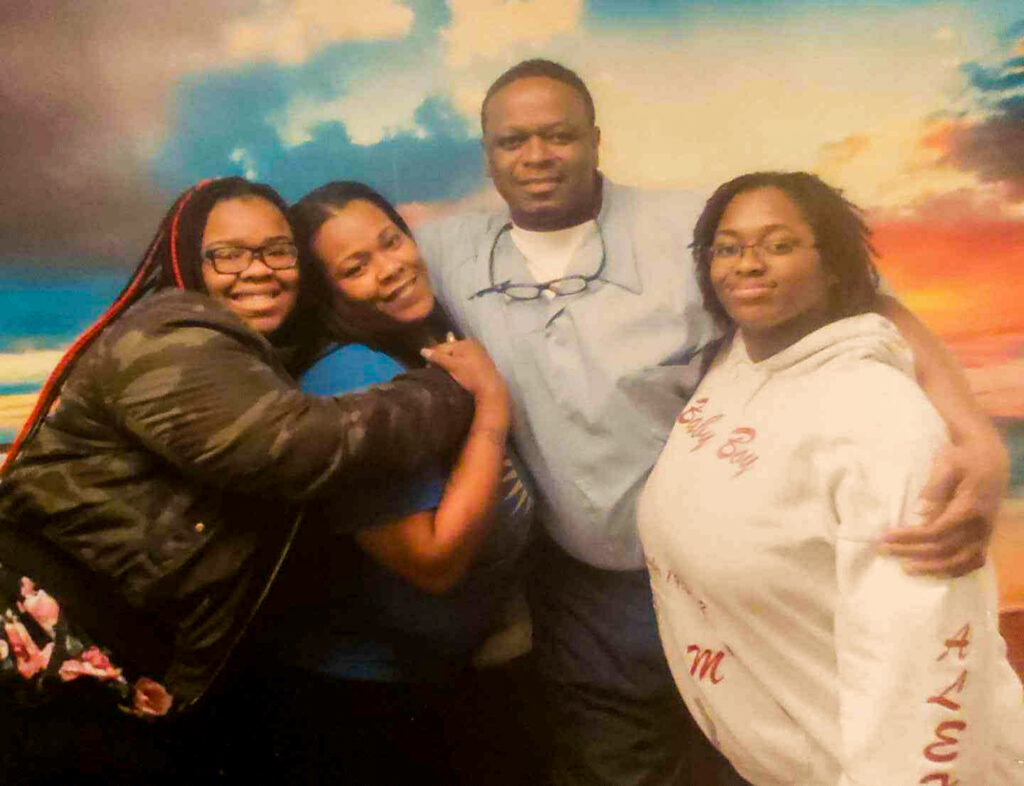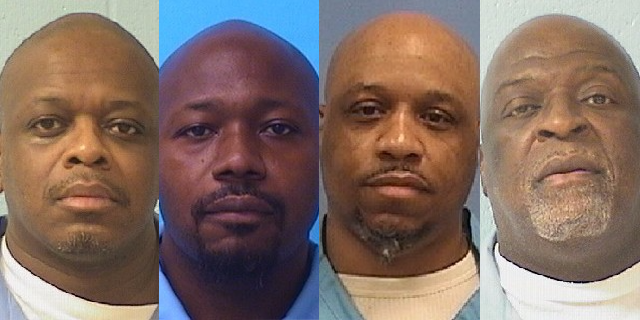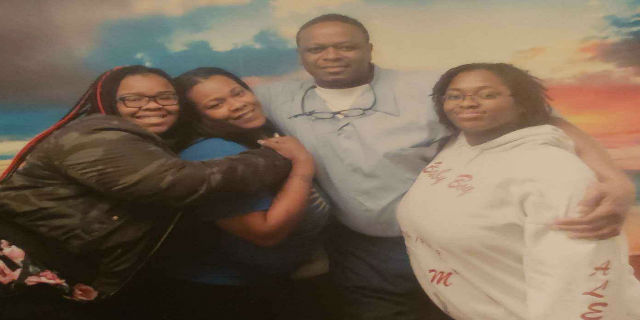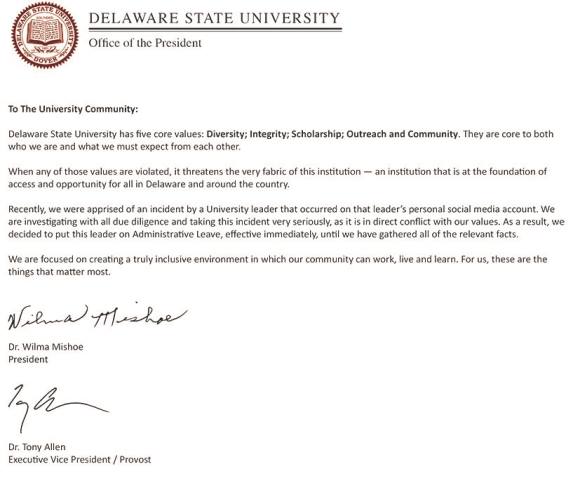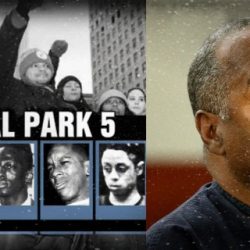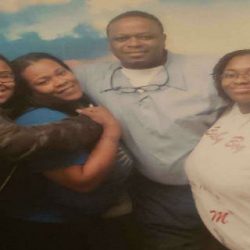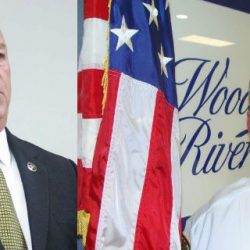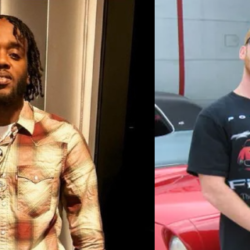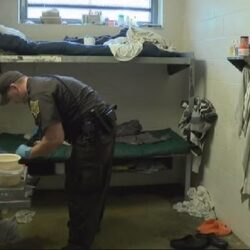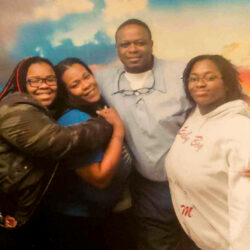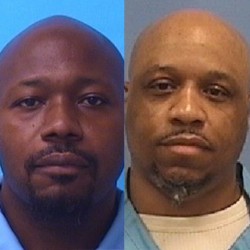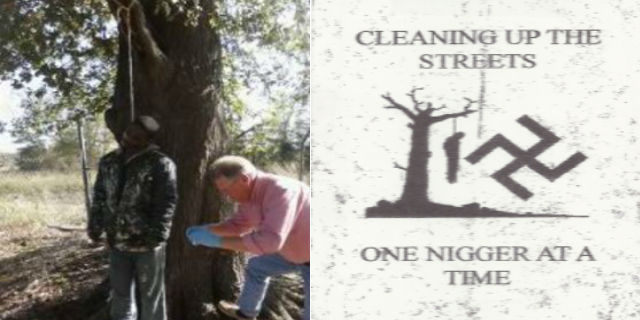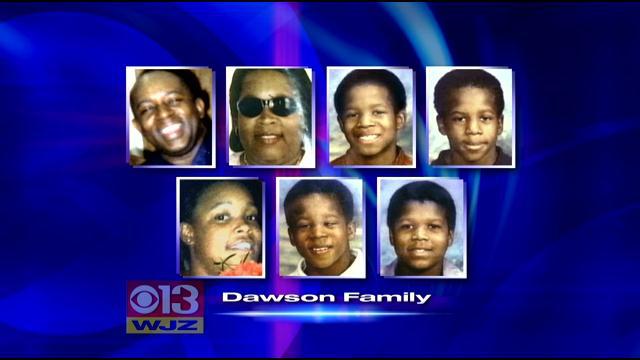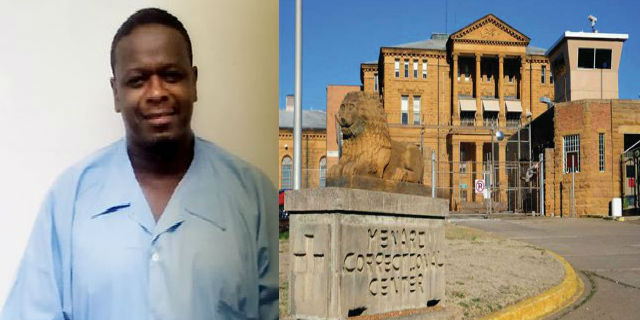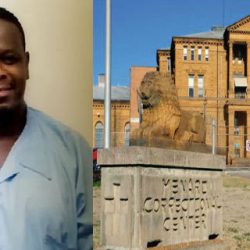
By the time most people become aware of many of these alarming allegations against law enforcement officials in Illinois, damage control will more than likely have been well under way, while those who have been accused tap into their respective political networks to put out the flames of some very disturbing crimes that they are now openly and publicly being accused of. Some people have already said they know about this story and believe I may have received the wrong information pertaining to the Nekemar Pearson murder and subsequent conviction of Mr. James Evans for this capitol crime over twenty years ago in the town of Alton Illinois.
To many I’m sure, the emerging claims (that have now surfaced after all this time, with a voice outside of the political backdrop of Madison County Illinois) will seem too farfetched and highly unbelievable. Just like it was highly unbelievable to Mr. Evans’ family and friends during the 90’s when this case first broke in the media, that he could have even been capable of committing such a heinous crime. Perhaps to those in doubt, its also probably highly unbelievable that former detective Brad Wells allegedly parked his police vehicle outside of James Evans’ mother home on a regular after he had already been convicted and sent to prison, as an alleged scare tactic to discourage her efforts to bank roll her son’s (James) legal expenses for his appeals, and created such a frightening ordeal for her I’m told, that the stress from Wells’ alleged harassment would cause her to have a stroke so severe that she remains incapacitated to this day (Fact).
While Wells and Lakin are alleged to have violated the law along with the rights of many young black men they arrested and eventually had prosecuted, former Madison County Illinois prosecutor Keith Jensen almost certainly must have allegedly quarterbacked many of these criminal acts. As prosecutor it was his task to determine the validity of crimes in which any defendant is charged with, and it was also his duty to establish the credibility of state witnesses that are called before the court to assist in proving beyond a reasonable doubt that criminal defendants are in fact guilty of the crimes for which they are charged and convicted. I believe based on documents that I received and interviews that I have conducted with those who are familiar with this case, Keith Jensen and the men in women of the jury in The People of Illinois vs. James Evans fell short in establishing beyond a reasonable doubt that James Evans in fact killed Nekemar Pearson, and conspired to have alleged co-defendant (in the Pearson murder) Brian Warr murdered as well.
As I have already explained in a previous article related to this case, the entire James Evans indictment was problematic from the gate. Based on testimony from highly questionable and shady characters (individuals with criminal histories and pending criminal charges at the time of their indictment and trial testimonies), the prosecution couldn’t establish as a matter of fact whether Pearson was killed in Evans’ home/backyard or further north in a field in Godfrey Illinois. This was evident by virtue of how testimonies of state witnesses shifted drastically during Evans’ actual trial, from what they had previously told grand jurors during Evans’ indictment hearing.
During the trial of James Evans in the Pearson murder, it was the State’s contention (or Keith Jensen’s for the most part) that Evans killed Pearson for a home invasion robbery at Evans’ home by Pearson and another man name Marcus Hollaway. Its established as a matter of fact in the discovery of the Evans’ trial for the murder of Pearson, that prosecutor Jensen allegedly was well aware that Hollaway and Pearson were the actual individuals who robbed Evans during the invasion of his home. However, detective Wells who extracted a confession from Hollaway regarding the crime, never pursued criminal charges against him (Holloway), and a fact that created tremendous suspension within the Alton community that Hollaway may had allegedly aided Wells in creating the entire fabricated story of Evans having been responsible for Pearson’s murder. At every step of my investigation into this case, the most prevalent question that persist, is “why wasn’t Hollaway ever indicted for the Evans home invasion robbery (that just doesn’t make any sense).
I mean let’s face it, you mean to tell me you openly confess to the police regarding a serious violent crime like home invasion, armed robbery, and kidnapping, but you get to walkout of the police station and go home the same day with no criminal charges against you? Something just doesn’t past the smell test (even from an outsider’s perspective), James Evans has consistently conveyed that he only learned Hollaway and Pearson were the perpetrators of the robbery that occurred at his home from detective Wells, long after Pearson had gone missing. If this is true, it destroys the state’s entire theory and motive as to why they say Evans killed Pearson in the first place (Reasonable doubt). Its also highly believable that Evans in fact didn’t learn until much later on because sources I’ve spoken to say that Holloway and Pearson were regulars at Evans’ home while playing video games, months after the home invasion had occurred. If there was any validity to Wells’ and Jensen’s alleged theory in Pearson’s killing being in retaliation, why would Evans allow the men responsible (Holloway and Pearson) into his home to socialize on many occasions for months after he had been robbed? Why?
Terrence Cooley’s (now deceased) grand jury testimony corroborates James Evans’ claim that he learned of Nekemar Pearson’s involvement after he had gone missing (read an excerpt from his testimony below):
The Terrence Cooley Grand Jury Testimony
“Terrence Cooley testified before the grand jury in my trial, and after his testimony, Bradley Wells (the lead detective), realizing where he was employed, kept making appearances at his place of employment. Wells told Cooley that he would continue disrupting his job until his employer terminated him. Terrence Cooley would also, later sign an affidavit attesting to Bradley Wells badgering him and suppling him with false information to give under oath. Due to the inordinate delay of post conviction proceedings in my case, Terrence Cooley has passed away and is no longer available to testify and put his affidavit on record.”
James Evans
Cooley’s admission of Wells having attempted to influence him with false statements is one of the very aspects of this case where the suborn of perjury was initiated. Michael Hooks, Larry Greer, Clifton Wheeler, Judy Huff, Tommie Rounds (jail house snitch) Jody Wesley (jail house snitch), William Jenkins (jail house snitch), Keyanna Simpson, Ms. Mary Berry (James’ mother), and a volume of others who out of fear for their individual safety, I will decline to mention publicly, were either facing criminal charges of their own, jail house informants who more than likely may also have allegedly been under duress during their testimonies, or were allegedly the subject of continued harassment by Wells, who they claim either showed up at their places of employment continuously or followed them around.
“Detective Bradley Wells would burst into my jail cell when no one was around and threaten me and my mother. Wells told me straight to my face that I better tell my mother to back off or she is gonna be in jail next.”
James Evans
The state’s alleged motive for murder during the Evans trial wasn’t the only aspect of the case that doesn’t make sense, the case was prosecuted on pure circumstantial evidence (with no forensics what so ever connecting James Evans to the crime). In fact, there isn’t one shred of discovery that confirms that a dead body was ever in the Evans’ home, as some state witnesses alleged during the indictment proceedings and during the actual murder trial (if its anywhere in the case discovery, I would love to see it). Also, state witnesses testified that three bullets (9 millimeter) were discovered between the actual alleged crime scene (1 projectile) and during the autopsy (2 projectiles), yet no gun belonging to Evans was ever confirmed to be a ballistic match for the recovered projectiles associated with this case. Instead, the state relied upon the testimony of some very shady witnesses who all collectively were facing pending criminal charges themselves, as the primary foundation to establish Evans’ guilt in the crime..
The demographic dynamics of the jury pool at Mr. Evans’ trial is also a story for another day, considering the setting was a small mid-west town just a stone’s throw from Ferguson, and St Louis Missouri. As I have constantly conveyed, a murder case by an alleged drug dealer in the mid 1990’s in a small western community, unaccustomed to the kind of criminal activity and violence that was happening all over the country, and now suddenly beginning to emerge in the surrounding Madison Illinois County, perhaps made a conviction inevitable for a young black man solely on mere suspicion alone.
Those interested in true justice should preface the details of the case in this manner:
- No forensics connected Evans to the murder.
- No ballistics were linked to the murder weapon, and no gun was ever linked to Mr. Evans.
- The body was too decomposed to make a positive identification (found with no clothing, only a watch).
- No scientific evidence was ever presented during trial establishing that the body officials say found in a wooded area in Godfrey Illinois, were the remains of Nekemar Pearson as a matter of forensic pathology or scientific fact (Fact).
- The established record in the case (Indictment Testimony and trial testimony) indicates that the solicitation of bribery, coercion of written false statements, and the Subordination of perjury were all elements of this capitol murder case.
The entire story related to how James Evans became a suspect in the murder of Nekemar Pearson, prosecuted, subsequently convicted, and sentenced to over a hundred years in an Illinois state prison is a like a script straight out of the epic film “The Hurricane.” The case is a real life story which contained a cast of suspect characters with extensive criminal histories who aligned with the state for sweet deals of leniency against James Evans, alleged corruption by Madison County police officials, and alleged subordination of perjury (a federal crime) by the state prosecutor’s office, and ineffective counsel for the defendant (Mr. Evans),
The criminal case of James Evans vs. The People of Illinois was born on the foundation of alleged solicitation of bribery for false statements and testimony, allegedly orchestrated by former detective Bradley Wells, John Lakin, and former Madison Illinois County prosecutor Keith Jensen. It was Julius Newton (deceased) who first attempted to advise the state and a grand jury about Brad Wells allegedly offering him money ($1,000) to act as a Confidential Informer, by obtaining information via a hidden wired recording device, but apparently no one took his claims seriously. However, the established record in this case reveals that there was a consistent pattern of known liars in trouble with the law, one criminal defendant who routinely acted as an agent for the state, and all compiled in a bizarre storyline that’s admittedly difficult to follow. (Link to Julius Newton’s Grand Jury Testimony below)
Grand Jury Testimony of Julius Newton
Michael Hooks
While Mr. Hooks was allegedly a self admitted liar and didn’t testify at James Evans’ trial, he was brought into court in handcuffs, wearing a prison uniform, and was scheduled to be released when he testified at the Evans indictment hearing. Hooks had a criminal history and allegedly solicited a bribe from Evans just as Wells had offered him for false testimony.
“Hooks approached me and told me that investigators were offering $1,000.00 dollars to testify falsely and avoid criminal charges. Hooks told me that if I could “top the $1,000.00 dollar offer” that detective Wells allegedly made to him for false testimony in the Nekemar Pearson murder, then he wouldn’t testify to it in court.”
James Evans
Its believed that Hooks was allegedly offered a deal for leniency or early release by prosecutor Keith Jensen, in exchange for the false testimony that detective Wells had solicited a $1,000.00 dollar bribe from him for. Hooks’ grand jury testimony is important because it establishes as a matter of fact, that he only heard gun shots on the day that Pearson was allegedly abducted by Evans, Brian Warr, and another unidentified man (suspected to be Clifton Wheeler). Its also believed to be ground zero from which the entire convoluted story allegedly fabricated by Wells, Lakin, and prosecutor Jensen derived, to have James Evans framed for the murder of Nekemar Pearson. (Click the below link to read an excerpt from Michael Hooks’ Grand Jury testimony)
Michael Hooks Grand Jury Testimony
Demond Spruill
The introduction of well known jail house informer Demond Spruill should have been extremely problematic for the state in Evans vs. The People of Illinois, because he had consistently been used by the state as an informer in a volume of other criminal cases prior to his grand jury and trial testimony in the James Evans case. Spruill’s ability to acquire confessions of criminal suspects was so alarming that Illinois State Supreme Court Justices overturned a murder conviction in Brown vs. The People of Illinois, primarily because Spruill was used by the state to surreptitiously obtain incriminating statements from Brown while at the Madison County Jail, without the presence of his appointed legal counsel, and in violation of the 6th Amendment of the U.S. Constitution.
“Spruill gathered this additional evidence of the defendant’s guilt as an arm of the prosecution, at a time when the defendant was indicted, arraigned, and represented by counsel. Thus, the defendant unwittingly provided the prosecution with recordings of himself saying things that evinced consciousness of guilt on the pending murder charges, while his legal representative slept, totally unaware of the fact that the prosecution had decided to contact his client and have a few words with him. The defendant uttered more than a few self-incriminating words into a State-sponsored microphone attached to a dedicated line at the Granite City police department, at a time when the sixth amendment to the United States Constitution guaranteed counsel’s presence during any communication between State agents and the defendant. See Massiah v. United States, 377 U.S. 201, 12 L. Ed. 2d 246, 84 S. Ct. 1199 (1964); see also Maine v. Moulton, 474 U.S. 159, 88 L. Ed. 2d 481, 106 S. Ct. 477 (1985).”
Justice Keuhn, Illinois State Appellate Court 5th District
“When Spruill reported to an Alton detective another in a long line of jailhouse confessions, arrangements were made to allow for his release on his own recognizance. Despite his claim that he expected nothing in return for the confession that he could now provide, he did not again run from authorities. However, he did again arm himself with a handgun. While on recognizance bond, awaiting trials for armed robbery, conspiracy to commit home invasion, illegal use of weapons, and aggravated discharge of a .40-caliber semiautomatic handgun, Spruill was arrested in St. Louis, Missouri, and charged by federal authorities for being a convicted felon in possession of yet another firearm. Clearly, Spruill had violated the conditions of his bail release. He left the state without permission and committed another crime. However, the State did not initiate any new charges because of the bail violations.”
“In any event, Spruill’s testimony was extremely vulnerable to attack, if left uncorroborated. His unrepentant criminality, juxtaposed with his remarkable ability to escape punishment for his evil ways, could have easily cast doubt upon his credibility. With a character that reflected dishonesty and utter disdain for things moral and law-abiding, anything Spruill said was suspect, particularly in light of his pattern of using jailhouse confessions as a means to his own selfish ends. There was no reason to believe that he did not expect to benefit handsomely from his testimony, when his sundry past performances always wrought substantial benefits in how he got treated.”
Justice Brennan, Illinois State Appellate Court 5th District
Read the entire Appellate Court opinion in Brown vs. The People of Illinois here.
Its now clear why the Testimony of Demond Spruill in the James Evans indictment hearing shifted drastically from what he testified to during the actual trial. Spruill probably forgot his script regarding what he allegedly was suppose to say, after allegedly being coached by state authorities on the details regarding Evans’ alleged involvement in the Nekemar Pearson murder case. State prosecutors may have been successful in convincing jurors in the trial of James Evans and others, that Spruill was in fact a credible witness, but its clear that even state Appellate Court Justices were troubled by the manner in which the state (prosecutor Keith Jensen) used Spruill repeatedly as a witness in so many high profiled cases that just happened to be confessions of defendants facing serious crimes.
For example, Spruill testified during the Evans indictment that Evans had confessed to killing Pearson as they drove in a car together in the Alton neighborhood. He claimed then that Evans stated Brian Warr shot Pearson during a fight, and Evans implored him to finish the job, and then they took him into the back of Evans’ home where Warr shot Pearson again killing him. It should also be noted that Spruill’s testimony was in line with what Michael Hooks told the grand jury. While Hooks testified to not seeing the actual shooting, he stated that he simply heard two separate gun shots as he drove off. That’s exactly what Spruill testified to also in the Evans grand jury indictment hearing (two shots at the alleged crime scene).
The Grand Jury Testimony of Demond Spruill
During the actual trial Spruill’s testimony was noticeably different, while he admits that Evans told him Brian Warr shot Pearson, his account of the Evans’ confession shifts, now claiming during the trial that after Warr shot Pearson, Warr, Evans, and another man carried Pearson’s body into the basement of Evans’ home, and the trio later loaded Pearson into a vehicle suspected to belong to Evans’, drove to a wooded area near Godfrey Illinois where, according to Spruill’s new account, Evans claimed that he (not Warr) shot Pearson, killing him and leaving him for dead. That’s a big shift considering he essentially was an agent for the state in the volume of other trials involving serious crimes.
The Evans Trial Testimony of Demond Spruill
The alarming circumstances involving the Madison County prosecutor’s office consistently using Demond Spruill was public knowledge in the media, yet the state continues create inordinate delays in the post conviction relief of a volume of men whose criminal trial were impacted by Spruill’s testimony.
Clifton Wheeler
In the case of Clifton Wheeler lies perhaps the most blatant form of illegality that was committed during the Evans trial. Its clear based on the record that state prosecutor Keith Jensen implored Wheeler to lie under oath (subordination of perjury) during his testimony at the Evans trial, and even lied himself. Wheeler had already been convicted of killing a man name Dwight Riddlespriger and made a plea deal to serve 23 years in prison in exchange for his cooperation in the investigation of others involved in that murder, and for his cooperation in the investigation in the murder of Nekemar Pearson (fact).
“Everyone who gave prosecutorial testimony from the county jail had sentences reduced and charges dropped. They were instructed to lie to the trial jury and say they received no favors for their trial testimony.”
“They told Clifton Wheeler to involve me in a murder and make himself an accomplice. Clifton Wheeler was charged with the murder of Dwight Riddlespriger. He did 12 years for that murder (as a gift from prosecutors).”
James Evans
Now I know that sounds completely insane that a man would falsely implicate himself in a murder to help prosecutors convict an innocent man but James Evans’ claims are in fact true when you look at the established record of his trial and subsequent appeals. (Read an excerpt from the Wheeler Trial and plea deal below. Use pdf tools to rotate if necessary)
The Court Proceeding of Clifton Wheeler
The Wheeler deal with state prosecutors was handled by Keith Jensen himself. So, if there wasn’t any shady dealings going on related to the Evans trial, then why on earth would Jensen allow one of his star witnesses, a man who says he was involved in the killing of Nekemar Pearson along with James Evans, allow him to lie in open court about not receiving any sentencing deals from the state. We all now know that it was a complete lie, and Wheeler had already cut a deal with Jensen for a 23 year sentence in his own murder case, in exchange for his cooperation in Evans’ murder trial (Nekemar Pearson). Jensen actually leads Wheeler into the lie, perjuring both of them right in open court (subordination of perjury). Regardless of whether the state will ever prosecute Jensen for his illegal actions during the Evans Trial for allegedly murdering Nekemar Pearson, Evans’ constitutional rights to a fair and impartial trial was violated, because Jensen along with the assistance of Clifton Wheeler misled the jury during the trial.
Clifton Wheeler Testimony at the James Evans Trial
“The court, we would ask the court to retain jurisdiction over this matter. And at any time, if any of the other people are sentenced to the penitentiary, we would ask the court to enter an order that Mr. Wheeler not be placed in the same penitentiary as any of the other people that he testifies or cooperates against.”
Keith Jensen, Former Madison County Prosecutor
Rather than the order of jurisdiction being a measure to insure Clifton Wheeler’s safety in prison while he serves his 23 year plea deal sentence, it is quite possible that the request was made to insure that none of the defendants Wheeler testified against would never actually learn about his plea deal, because after all state prosecutor Jensen showed he was capable of covering up the fact that he used Wheeler to testify against others, while suppressing the plea arrangement he made with a convicted murderer. Jensen may have perjured himself in other trials in similar fashion as he clearly did in the Evans case, that’s an act of alleged misconduct that I’m sure he took extreme care to conceal.
After all, despite the plethora of allegations now surfacing about the Madison County judicial system, we must remember that Jensen also suppressed highly exculpatory evidence that would have been fruitful to the Evans defense during trial, and he would never have known the facts of Nekemar Pearson having been seen alive by a police officer ten days after he allegedly was supposed to have been kidnapped, and subsequently murdered by James Evans if an appellate defender working on a unrelated case hadn’t forwarded the exculpatory document to him years later into his sentence.
Detective Cooley Exculpatory Document
I’ll have more details about this very disturbing case. I’m not done just yet.
To Be Continued….
I’m Crime Blogger David Adams
The People’s Champion

 RSS Feed
RSS Feed Twitter
Twitter
